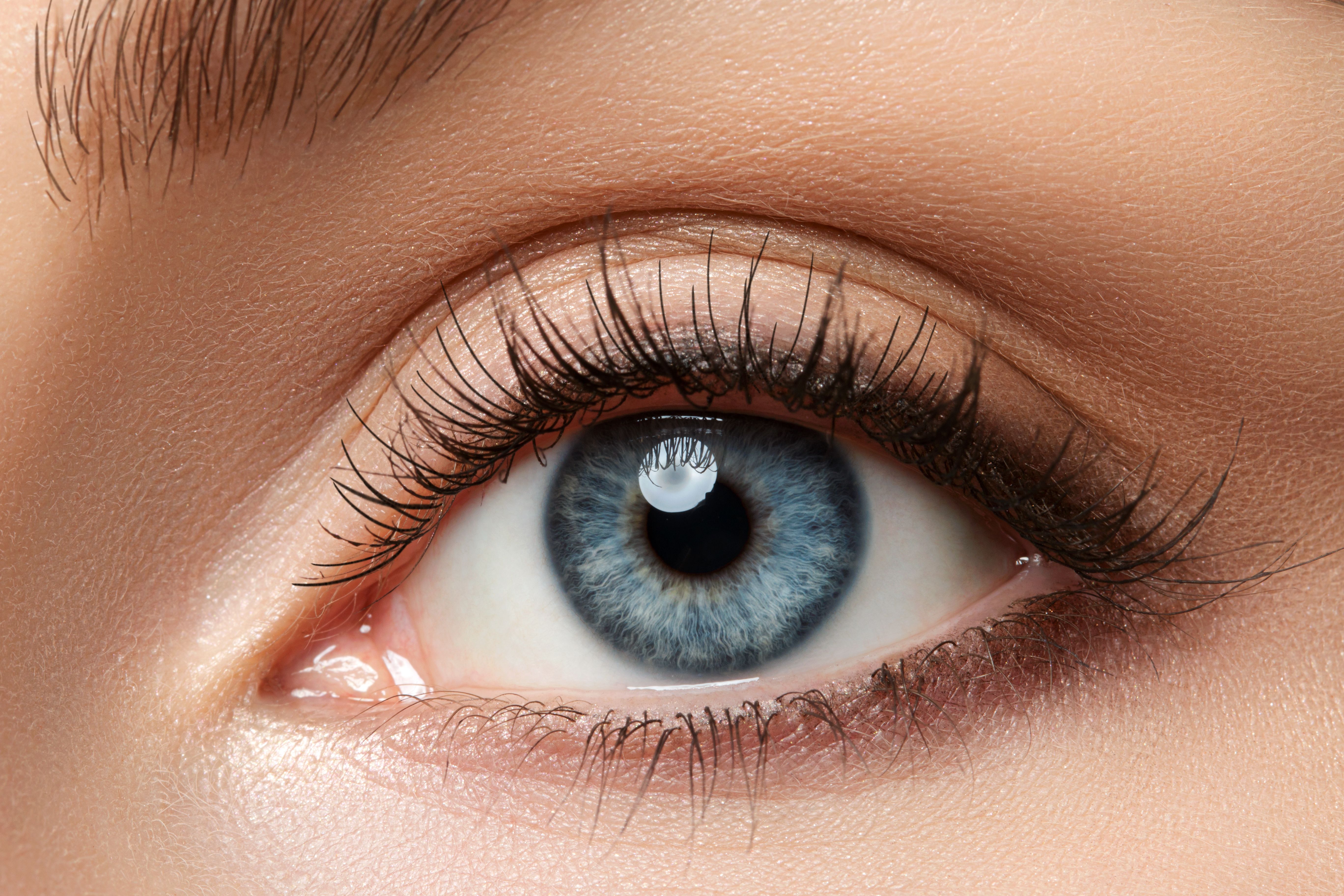- Center on Health Equity & Access
- Clinical
- Health Care Cost
- Health Care Delivery
- Insurance
- Policy
- Technology
- Value-Based Care
Depressive Disorder at Higher Risk of Development in Patients With Retinitis Pigmentosa
Emotional and social support for patients with retinitis pigmentosa could reduce the incidence of depressive disorder in this demographic.
A higher risk of depressive disorder was found in patients with retinitis pigmentosa (RP), according to a study published in JAMA Ophthalmology.1 Patients with RP should be the focus of future interventions to provide emotional and social support, according to the authors.
RP is a rare disorder affecting between 1 in 3000 and 1 in 7000 individuals. The eye condition can cause the breakdown of the retina over time.2 The condition can eventually lead to blindness by the time that the patient is aged 40 to 50 years. There is currently no cure for the disease, which can affect the mental health of those who are diagnosed with the condition. This study aimed to evaluate the incidence and risk of depressive disorders in patients with RP.
The National Health Claims Database of the HIRA service in Korea was used to collect data for the study, which includes medical claims, demographic characteristics, diagnoses, and personal data. All diagnoses of RP were confirmed using the International Classification of Diseases, Tenth Revision.
All participants who were newly diagnosed with RP between January 2011 and December 2021 were eligible. The earliest date of registration for RP was regarded as the index date. Age of diagnosis was used as a means to divide the eligible patients into 3 groups: younger than 20 years, aged 20 to 39 years, and aged 40 years and older. Incidence of depressive disorder acted as the primary outcome, whereas standardized incidence ratios (SIRs) of depressive disorder, adjusted by age and sex, acted as the secondary outcome.
Patients with retinitis pigmentosa could have a higher risk of depressive disorder | Image credit: Liudmila Dutko - stock.adobe.com

There were 10,879 patients included in this study, of which 73.6% were diagnosed with RP when they were 40 years and older and 52.5% were women. The overall incidence rate of RP was 1.91 (95% CI, 1.88-1.95) per 100,000 person-years.
There were 8972 patients who were not diagnosed with depressive disorder prior to their diagnosis of RP. The incidence rate of depressive disorder in this population was 21.52 (95% CI, 20.23-22.87) per 1000 person-years with a 10-year cumulative incidence of 17.67% (95% CI, 16.57%-18.84%). Female patients had a higher 10-year cumulative incidence of depressive disorder compared with male patients (20.55% vs 14.92%). Compared with the general population, men (17.53 per 1000 person-years) and women (25.57 per 1000 person-years) had a higher incidence of depressive disorders.
The overall SIR for patients diagnosed with RP was 1.19 (95% CI, 1.12-1.27) when calculating the risk of depressive disorder in patients with the condition. The highest increased risk of depressive disorder was found in patients in their 20s, with men having an SIR of 1.44 (95% CI 1.09-2.15) and women having an SIR of 1.55 (95% CI, 1.09-2.15). The SIR peaked in patients aged 20 to 29 years (SIR, 1.50; 95% CI, 1.17-1.90) and in patients aged 60 years and older (SIR, 1.25; 95% CI, 1.14-1.37).
There were some limitations to this study. Worsening of depressive disorders after a diagnosis of RP was not assessed as all patients with depressive disorder before baseline were excluded. Patients with asymptomatic RP who did not visit the hospital were not included and could, therefore, affect the results. Correlation between visual indicators and depressive disorder could not be assessed due to a lack of clinical data on visual acuity.
The researchers concluded that, between the results of this study and the 17.5% of patients who had depressive disorders before the diagnosis of RP, 35% of patients with RP could have a depressive disorder. Emotional and social support for people living with RP could help to address the increased incidence of depressive disorders in this population.
References
- Kim HR, Lee NK, Suh Y, et al. Incidence and risk of depressive disorder in patients with retinitis pigmentosa. JAMA Ophthalmol. Published online September 19, 2024. doi:10.1001/jamaophthalmol.2024.3641
- Retinitis pigmentosa. National Eye Institute. Updated November 15, 2023. Accessed September 25, 2024. https://www.nei.nih.gov/learn-about-eye-health/eye-conditions-and-diseases/retinitis-pigmentosa
Cumulative Atropine Not Associated With Increased Risk of Ocular Events in Children With Myopia
September 17th 2025Although children living with myopia taking atropine did experience an increased incidence of cataracts, glaucoma, or maculopathy, it is unclear if this risk was confounded by myopia severity.
Read More
